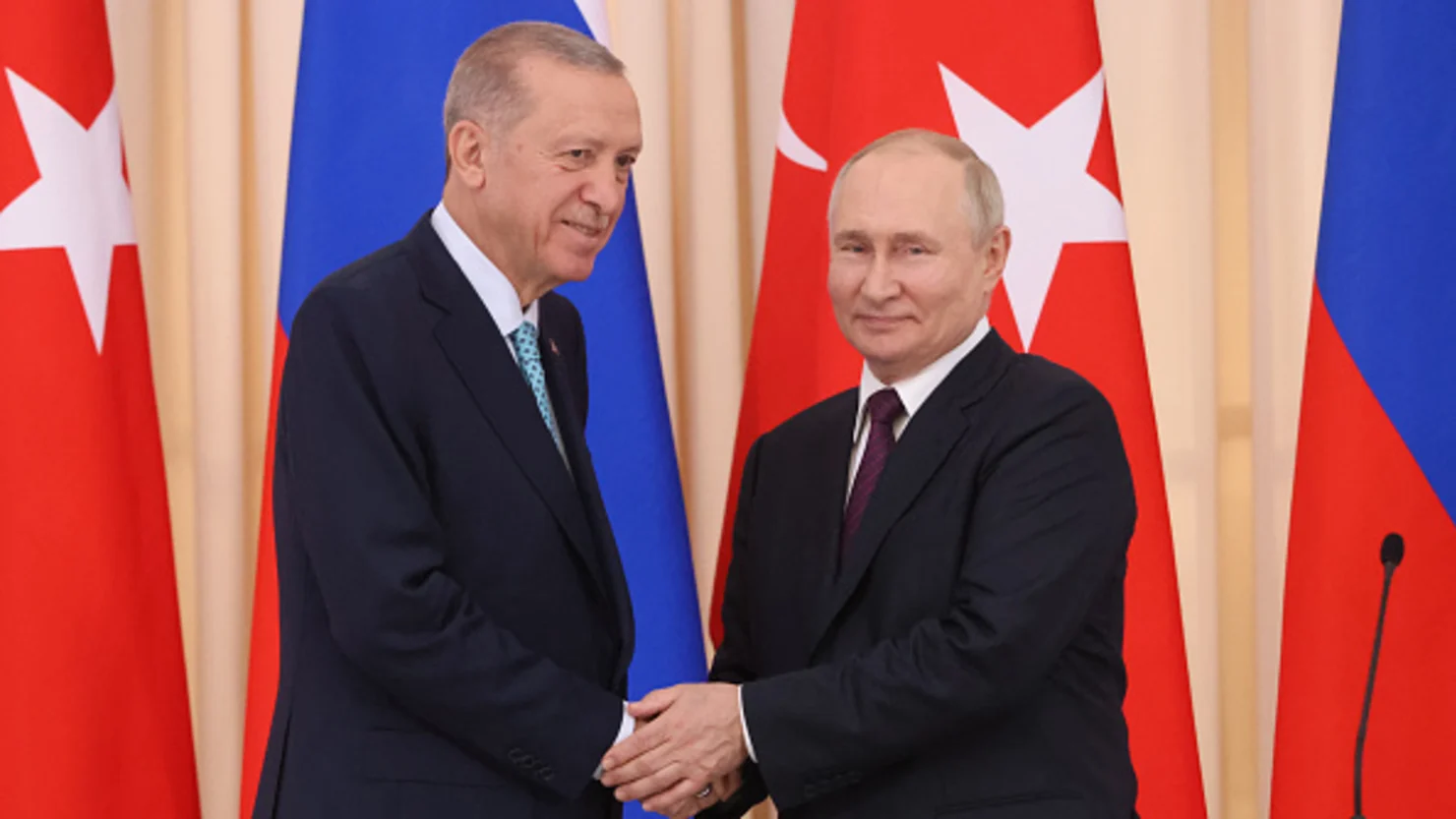UNDP and UN Women recently released the Women’s Empowerment Index (WEI) (https://hdr.undp.org/content/paths-equal). WEI focuses on measuring women’s power and freedoms to make choices and seize opportunities in life.
Women’s empowerment is measured across five dimensions: life and good health (two indicators: access to modern methods of contraception and adolescent birth rate); education, skill-building and knowledge (two indicators: female population with completed secondary education or higher and female youth not in education, employment or training); labour and financial inclusion (two indicators: female labour force participation rate in households of couples with children and female financial account ownership), participation in decisionmaking (three indicators: share of seats in Parliament held by women, share of seats in local government held by women and share of managerial positions held by women); and freedom from violence (one indicator: intimate partner violence prevalence among ever-partnered women and girls).
Notably, it is the first-ever UN gender index that includes violence against women and girls as a standalone dimension.
The Women’s Empowerment Index uses data for 114 countries, including new data on the progress towards the Sustainable Development Goals to fill some gaps.
One of WEI’s main findings is that 3.1 billion women and girls live in countries characterized by low or middle performance on women’s empowerment. In fact, according to this new data, women around the world, on average, are only reaching 60% of their full potential. Less than 1% of women and girls live in a country with high women’s empowerment.
Only 6 countries belong to the group of high women’s empowerment: Australia, Belgium, Denmark, Iceland, Norway and Sweden. The score ranges from 0.828 for Sweden (meaning that Swedish women can reach 82.8% of their full potential) to 0.801 for Belgium.
And here’s the thing: even if they live in these countries, women’s and girls’ best hope is to achieve around 80% of their full potential. In other words, there is no country on Earth where women and girls can reach 100% (or at least 90%) of their full potential. And this is distressing, because it shows with brutal clarity how much the world still favours men.
The second group is formed by countries with upper-middle women’s empowerment. It comprises 25 countries from North America and Europe, plus Singapore. In this category, the best score belongs to France (0.792), and the lowest to Italy (0.700).
Canada’s score is 0.783, UK’s is 0.778 and America’s is 0.752. American women and girls can reach, on average, only 75% of their full potential.
In continental Europe, Finland scores 0.787, Switzerland 0.786, the Netherlands 0.778, Spain 0.773 and Germany 0.762.
Singapore’s score is 0.757.
It is worth mentioning that, with the exception of Singapore, all the countries with high or upper-middle women’s empowerment are democracies. This means that democracy is good for women and girls.
The third group comprises 30 countries with lower-middle women’s empowerment. The best country in this group is Chile, with a score of 0.699, while the worst is Vietnam (0.612).
Surprisingly, in this group we find countries like Greece (0.679), Israel (0.694), Japan (0.651), Malta (0.696) or the United Arab Emirates (0.680).
The UAE is a surprise here not because of its score, which accurately reflects the way women and girls are treated there, but because in recent years the Emirates have embarked on a global PR campaign aiming to portray the country as a champion of women’s rights. Reading the data from the Women’s Empowerment Index, you realise quickly, if you didn’t know it already, that this is not the case. Emirati women and girls live, in fact, in a lower-middle women’s empowerment country.
China also belongs to this group, with a score of 0.664.
Finally, the fourth group comprises countries with low women’s empowerment. The 53 countries in this group are mostly from Asia, Africa and Latin America. The best score in this category belongs to Mexico (0.598) and the worst to Yemen (0.141).
In this group we find countries like Colombia (0.592), India (0.520), Iran (0.454), Nigeria (0.444), Pakistan (0.337), or Türkiye (0.498).
A sad final note: the two most populous countries in the world belong to the groups of lower-middle women’s empowerment (China) and low women’s empowerment (India).
The road to full women empowerment is still painfuly long and bumpy.










Trackbacks and Pingbacks